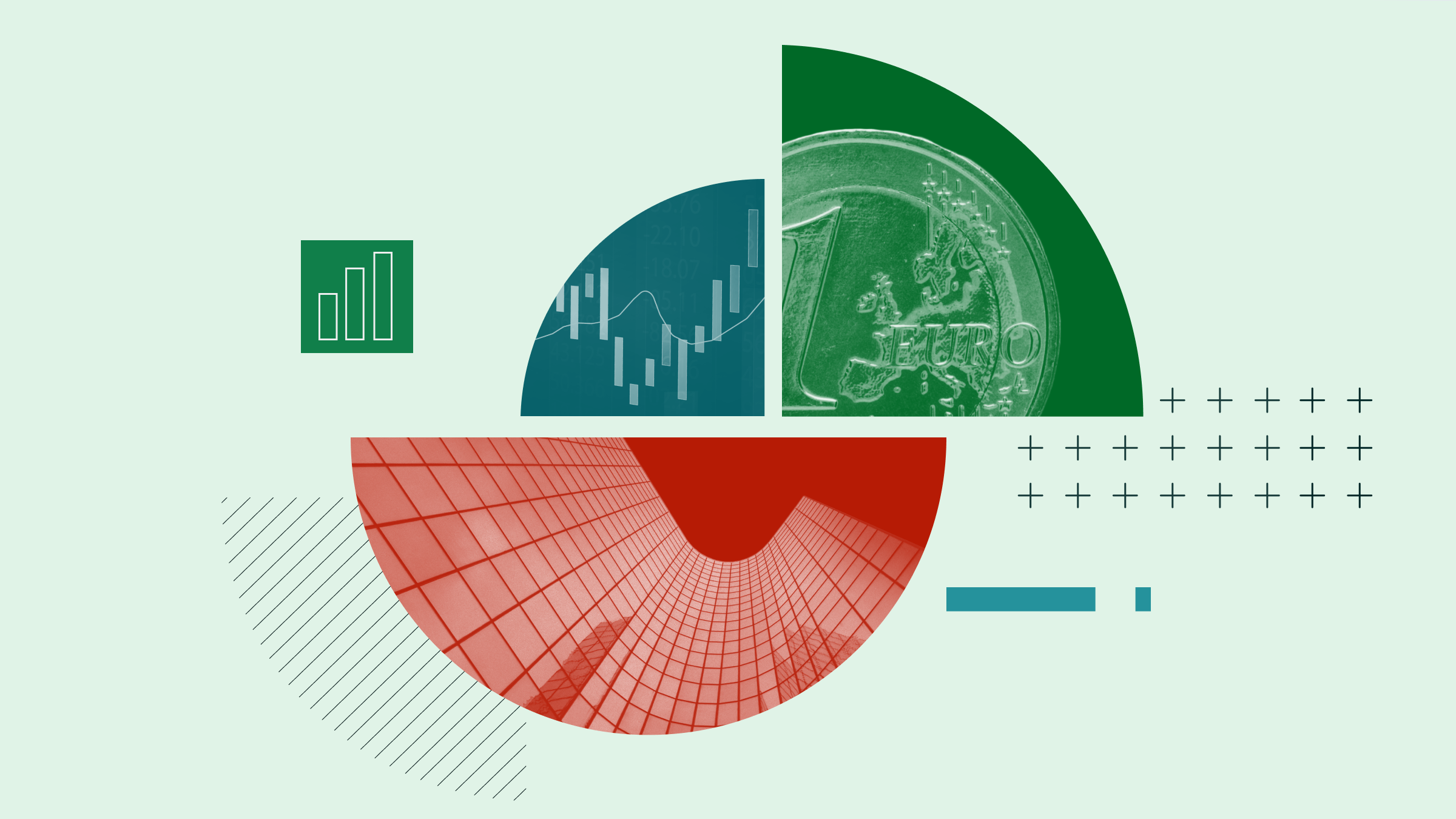The law of unintended consequences applies well to investment screens. Select for dividends, and you can end up with a big overweight to the consumer defensive sector. Pick stocks based on fundamental criteria—e.g. revenues—and you introduce a value tilt.
Screening companies for “sustainability” (also known as Environmental, Social, and Governance ESG) is no different. In his study Unintended Biases in ESG Index Funds, Morningstar analyst Alex Bryan found that methodological differences between ESG indexes cause divergent portfolio exposures across sector, style, region, and market capitalization. These biases impact risk and return. Now that Morningstar has created its own suite of sustainability indexes, we can compare them to their non-ESG counterparts on a portfolio and performance basis.
Morningstar’s broadest ESG index, global equities screened for sustainability, has recorded a very similar risk/return profile to the non-ESG global equities index over 4+ years of back-tested history. This similarity persists despite real differences at the holdings level. Narrower country-level indexes have exhibited more potential for differentiated performance.
A Brief Review of Morningstar Sustainability Indexes Methodology
Morningstar’s ESG indexes are designed as benchmarks. They include best-in-class companies rated on sustainability criteria while maintaining broad-based market exposures. Like the Morningstar Sustainability Rating for funds, the indexes are powered by company-level ESG research from Sustainalytics.
Index selection relies on two key inputs: ESG scores and Controversy scores. The ESG score follows a best-in-class approach. Sustainalytics researchers compare companies to their peers in one of 42 industry groups across E,S, and G pillars. Controversy scores gauge the impact of ESG-related incidents on companies and their stakeholders. It is an absolute measure.
The sustainability indexes select the highest-scoring companies on ESG and weight them by market cap. They exclude companies experiencing severe controversies. They also exclude companies involved with tobacco and controversial weapons (e.g. land mines). Weights in regions and sectors are kept within two percentage points of their non-ESG benchmarks. So if technology stocks represent 11.2% of the non-ESG index’s weight, tech exposure must stay between 9.2% and 13.2% of ESG index weight.
Global Equities Indexes Comparison: ESG v. Non-ESG
The Morningstar Global Markets Sustainability Index is the broadest ESG benchmark, just as the Morningstar Global Markets Index is the most comprehensive global equities index. The global ESG index holds more than 1500 stocks in developed and emerging markets spanning 11 economic sectors. Due to the history of Sustainalytics’ company-level coverage, its back-tested track record extends to September 2012.
The ESG index exhibits a slightly higher average market capitalization than its non-ESG equivalent. That’s because it is drawn from a carve-out of the global stock index that contains large-cap and mid-cap stocks only. ESG research coverage is thinner in small-cap territory.
From a style perspective, the ESG index devotes less weight to value stocks though the two indexes look similar on the aggregate growth and value measures that drive the Style Box (P/E, P/C, etc.)

On a sector basis, the two indexes diverge within the two percentage point range. The ESG index currently devotes less weight to basic materials and energy and more weight to technology and healthcare. Perhaps less predictably, the ESG index’s biggest underweight is to financial services. This is driven by controversy scores, as the big banks continue to wrestle with post-financial crisis fallout. Also notable is the ESG index’s overweight to the industrials and utilities sectors. Remember that ESG scores are assigned on an industry-relative basis. Also, sector biases can change over time, though they have largely held constant since the index history begins in 2012.

At a regional level, the ESG index devotes more weight to Developed Europe and Developed Asia and less weight to North America and Emerging Asia. The ESG index is slightly underweight emerging markets. For a deeper dive into the ESG profiles of various global markets, see the Morningstar Sustainability Atlas by manager research analyst Fernando Paganelli.
A final dimension for analysis is Economic Moat, Morningstar’s proprietary definition of quality. The ESG index has more exposure to Wide Moat stocks and less exposure to No Moat stocks than the non-ESG counterpart. This could be partially explained by the index’s sectoral and market cap tilts. The Healthcare and Technology sectors house more Wide Moat companies than Materials and Energy. There is also a correlation between larger market capitalization and Moats.

At the individual security level, there are some notable differences. According to the below holdings report, the ESG index does not hold some key names prominent in the non-ESG index, including Apple, which has issues on the Social side, as well as Exxon Mobil. Meanwhile, the ESG index devoted more than double the non-ESG index’s weight to Microsoft, a strong performer on Environmental and Governance criteria, as well as GE and Nestle.



Performance Implications
From a returns perspective, the global ESG index has tracked extremely closely to its non-ESG counterpart since inception. On a calendar year basis, the ESG index outperformed slightly in some years and underperformed slightly in others. Risk measures like Standard Deviation and Sharpe Ratios look almost identical over one and three-year periods.


Since its back-tested returns were incepted in 2012, the ESG index’s underweight to the US detracted, while its sector and quality biases generally worked in its favor. In 2015, the ESG index’s sector weights contributed to returns, but security selection hurt, specifically the ESG index’s lack of exposure to Google and Facebook, according to Morningstar Direct performance attribution.

In different time periods, differences between the ESG and non-ESG indexes will work in different directions. Had the ESG index been underweight energy, materials, emerging markets, and small caps in the 2003-2007 period, those biases would have dragged on returns.
UK Comparison: ESG v. Non-ESG
The UK example shows that significant performance divergence is possible between ESG and non-ESG indexes, despite sector constraints. Some big constituents of the Morningstar UK Index—HSBC, Royal Dutch Shell, and GlaxoSmithKline—are excluded from the UK sustainability index, all because of controversies.

At a sector level, the UK ESG index has devoted less weight than its non-ESG counterpart to energy and basic materials, and more weight to utilities and healthcare.
These biases led to outperformance for the UK ESG index over the four-year period.


A shorter-term example can be seen in the United States following the presidential election, where the US Sustainability Index has lagged gains in the Morningstar US Market Index. While not a dramatic move it’s still illustrative: the Sustainability Index portfolio tilts away from financials, energy and materials – which have soared since election day – and toward technology, which has lagged.
For some investors, incorporating sustainability into the investment calculus is about aligning their investments with their values; others view it as material to financial performance. In the case of the Morningstar sustainability indexes, the aim is to emphasize best of breed companies on ESG criteria while maintaining a similar risk/return profile to the market. Results so far indicate that goal is achievable.






:quality(80)/cloudfront-us-east-1.images.arcpublishing.com/morningstar/6BCTH5O2DVGYHBA4UDPCFNXA7M.png)
:quality(80)/cloudfront-us-east-1.images.arcpublishing.com/morningstar/Q7DQFQYMEZD7HIR6KC5R42XEDI.png)













